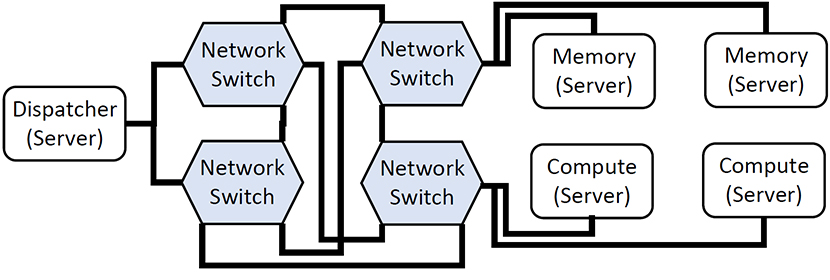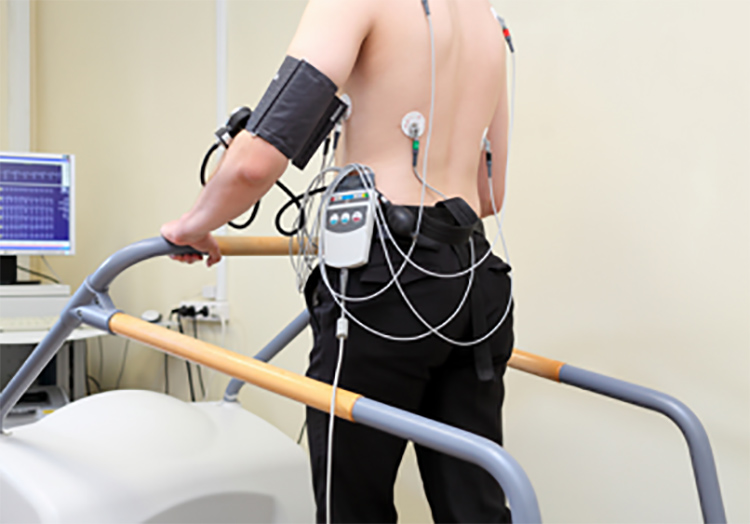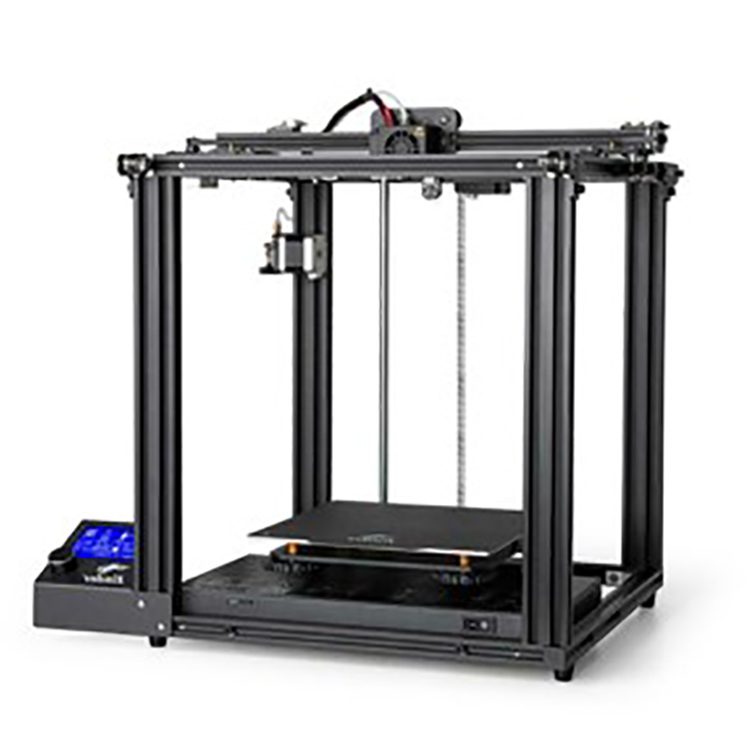If you’re an undergraduate or master’s student at Illinois Institute of Technology, RES-MATCH offers a way for you to get into doing biomedical science or biomedical engineering research through a project in a faculty member’s laboratory.
Here’s how it works:
- Faculty will submit project proposals
- You will attend a virtual presentation session in which you listen to faculty present one slide in one minute that describes their project
- Contact faculty running a project you’re interested in joining
- Request that the faculty member recommends you for the project
- Receive mentorship and hands-on experience throughout the semester
- After completion, have your project featured on the Pritzker Institute website for use with your résumés and other showcases of your work
Please contact Michael Barry (mbarry1@iit.edu) for further details or any questions.
Dates for RES-MATCH in the next academic session have not yet been announced. Please check back here for project and application information closer to the end of the current academic session. See examples of previous RES-MATCH projects below to see what opportunities might await you.
Previous RES-MATCH Projects
Distributed Computation for Light Propagation Modeling
Brief description: Surgery is often the first line of treatment for patients diagnosed with solid cancer, where complete removal of the tumor(s) is not always achieved owing to challenges in detecting remaining cancer cells. It is estimated that up to 50% of patients with head and neck cancer receive incomplete surgeries because of particularly complex anatomy. To tackle this problem, our collaborators at the University Medical Center Groningen in the Netherlands have initiated the first clinical trial using cancer-targeted fluorescence agents injected into patients prior to surgery to help better identify remaining cancer in their patients so that it can be removed. To assist with these efforts, we have been developing advanced imaging strategies to help detect even the smallest amounts of cancer. Optimization of these strategies requires an accurate understanding of how fluorescent light propagates through biological tissue at the margins of cancer resections. However, accurate simulations are restrictively time-consuming using current methods. The goal of this project was to use cutting-edge computational methods to significantly amplify the efficiency of light propagation modeling.
In earlier work, we built a prototype to simulate photons using a single item of programmable networking hardware. The project described here extended the simulation to use multiple hardware items.
Successful Cardiac Stress Test
Brief description: Cardiac stress tests provide information about the heart’s response to induced stress. This stress can be induced by exercise or by intravenous pharmacological stimulation. A set of electrodes may be placed in contact with the skin to collect electrocardiogram information. Comparison of the at-rest and stressed circulatory conditions would allow the evaluation of the heart muscle tissues, etc. Often, during strenuous exercises, the electrodes detach from the body causing the loss of valuable electrocardiogram information. The project’s goal was to develop a solution that ensures electrodes remain attached during the tests.
The project’s tasks included a review of the issue and existing ‘solutions’, evaluating new solutions, including one provided by the project advisor, and the construction of a prototype in collaboration with a local hospital.
A Novel Backache Massage Machine
Brief description: Back pain is one of the most common human ailments. It could be congenital, degenerative, or due to injury or nerve / spinal cord issues. Massage therapy is one of the modalities recommended for relief and speedy recovery. It can be time-consuming and expensive, requiring multiple office visits. A simple, inexpensive massage machine for home use can provide an attractive and cost-effective option.
A first generation of such a massage machine had been previously developed, thanks to a previous RES-MATCH award and the awardees. The goal of this project was to develop a second-generation machine with certain design modifications to provide a robust, fully functional prototype for home use.




